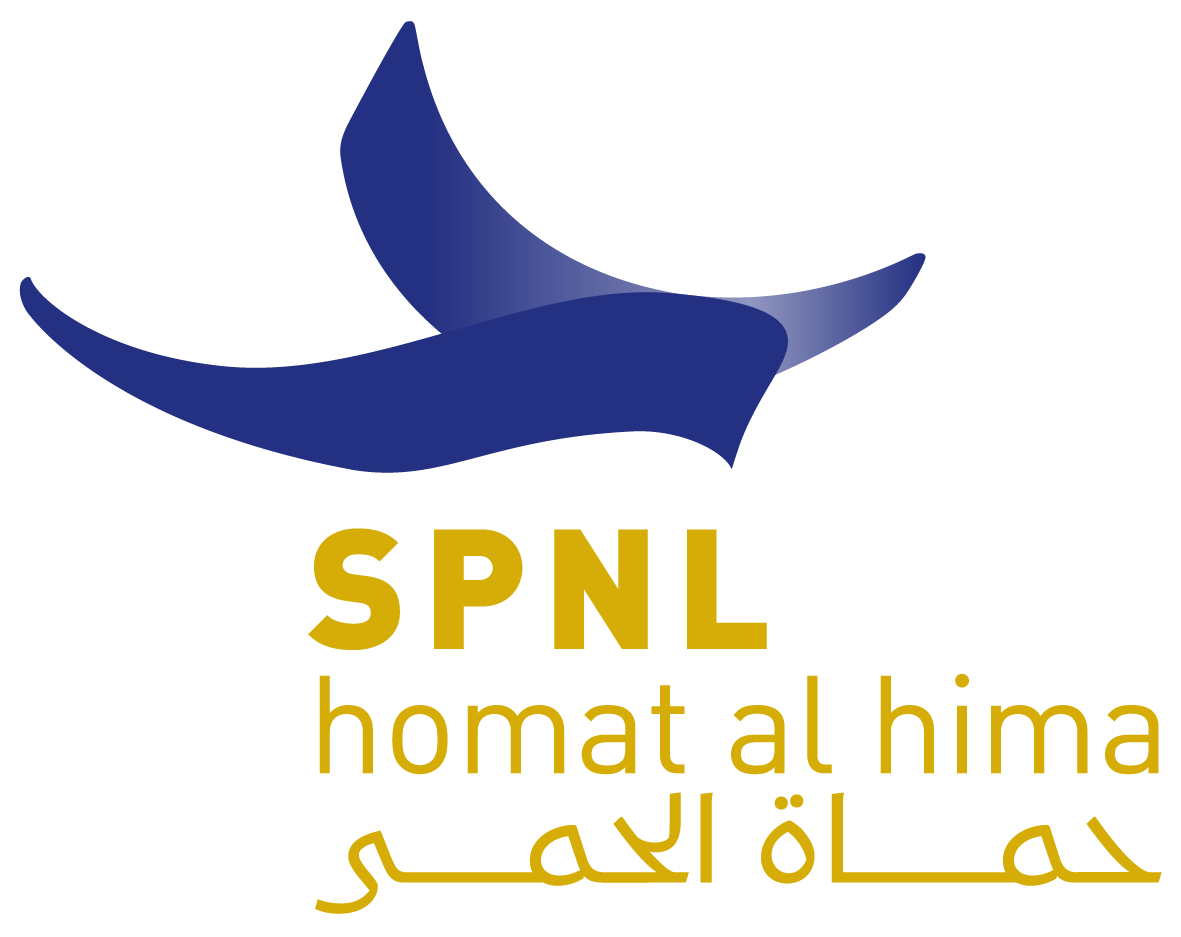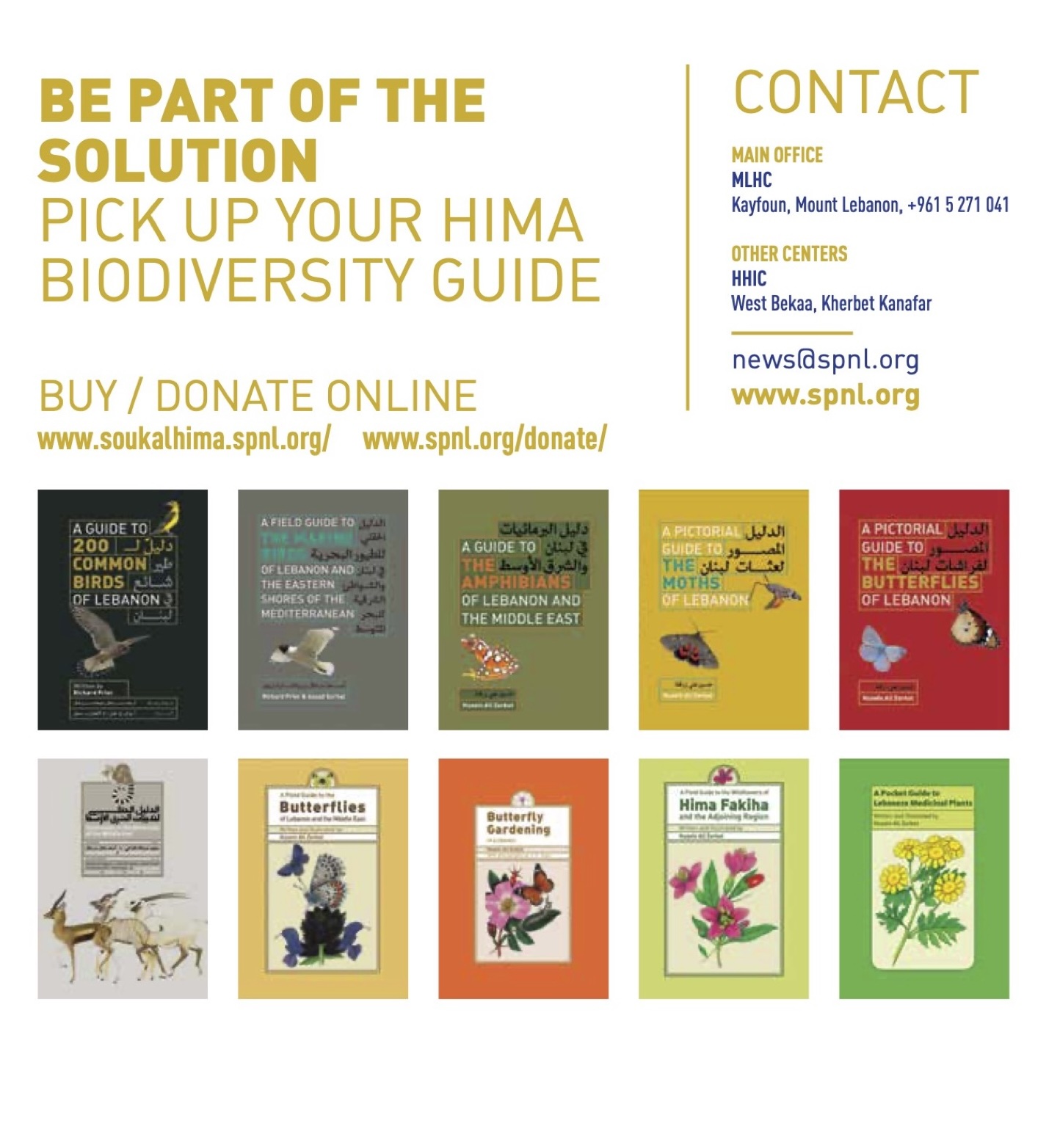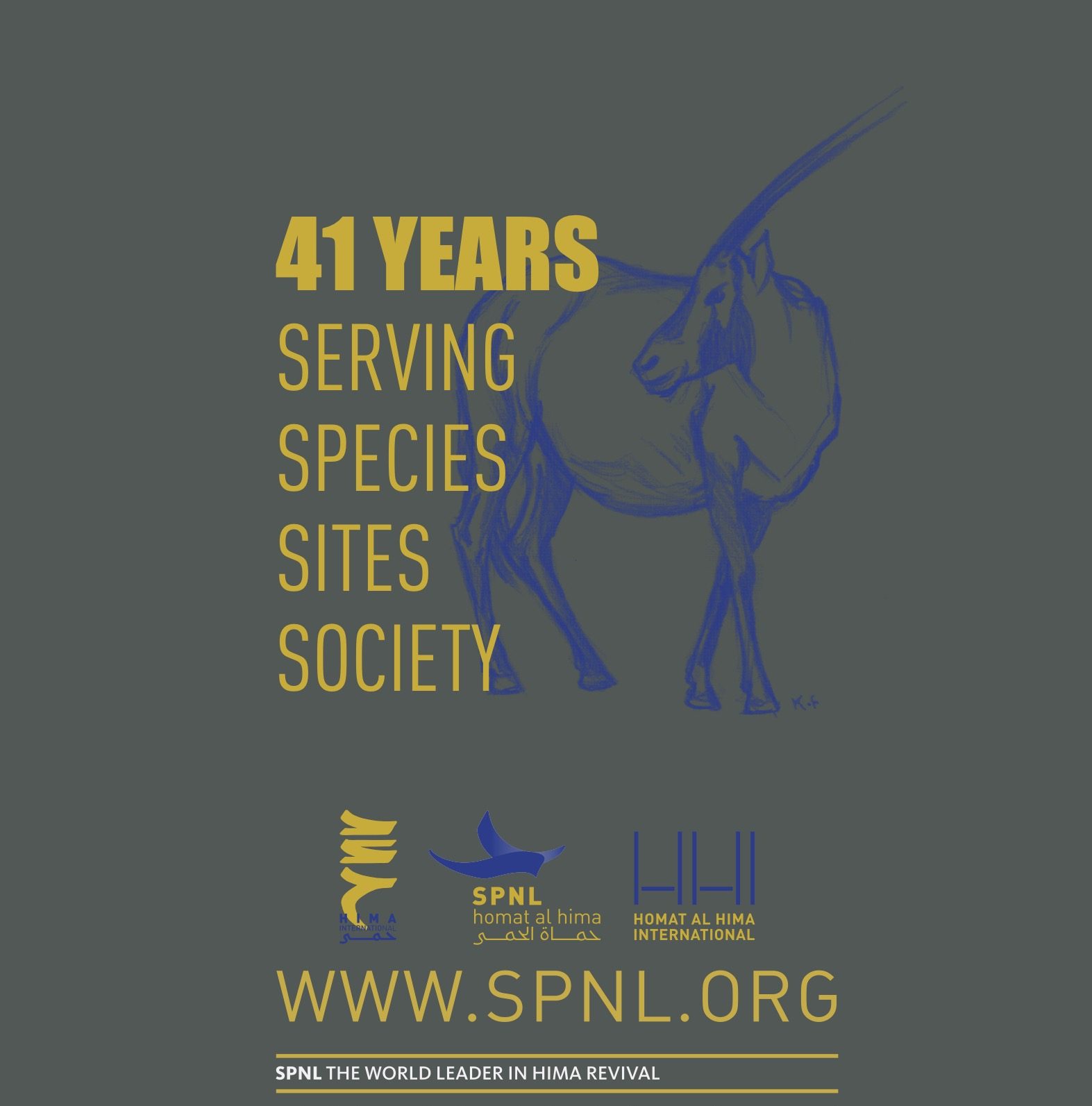The Hima approach is a tool located in the sub-national (municipal) governance level. The “Hima for Peace” project aims to reduce the tensions between local communities that are sharing natural resources.
Local communities develop an increased knowledge on the sustainable management of natural resources, climate change impacts on the community, and the benefits of integration with surrounding communities, based on the application of the Hima approach. The gained knowledge will eventually lead to improved relations between and cooperation among local communities – ultimately, tensions will be reduced.
The Hima approach that was used by SPNL so far is tailored around ensuring that local communities benefit from the natural resources of Himas without impacting biodiversity. To be able to expand its use, the Hima methodology needs to be adapted to address conflict resolution around natural resources and therefore integrate conflict resolution tools. The methodology’s focus will shift towards the equitable, maximized but still sustainable use of natural resources between the various communities.
The new methodology will then be implemented in a pilot area where conflicts around natural resources exist. Local actors will be trained, including aspects of conflict resolution processes to address communal challenges. Drawn from this experience, a case study will be developed and spread regionally.
The Society for Protecting Nature in Lebanon was established in 1986, to advocate the establishment of protected areas. Since 2004, SPNL works with the Hima approach and developed a total of 30 Himas in Lebanon. SPNL has widely contributed to both raising awareness on environmental issues and concretely protecting natural areas in Lebanon.
The World Conservation Union (IUCN) has a global support program on traditional knowledge and community engagement, which aims to catalyze and support efforts at various levels to protect, promote and use traditional knowledge and community engagement to strengthen conservation and sustainable development.
Insights
Under the Hima for Peace project, the ‘Droub el Hima for Peace’ workshop on 27 September 2023 at Mount Lebanon’s HIMA Center, Kayfoun, stands as a testament to SPNL’s resounding success in championing unity and conservation. The event showcased the power of community-driven conservation efforts in fostering peace, bridging divides, and celebrating local collaboration. Eight municipalities came together, signing the HIMA Charter (Memorandum of Understanding), symbolizing their shared commitment to nature preservation and community welfare. This gathering marked a pivotal step towards replicating this inspiring model worldwide. From revitalizing historic trails to empowering communities, the event was a celebration of unity, conservation, and enduring peace.
Source: https://www.bosch-stiftung.de/en/project/support-program-conflict-climate-change-and-environment-middle-east/spnl






